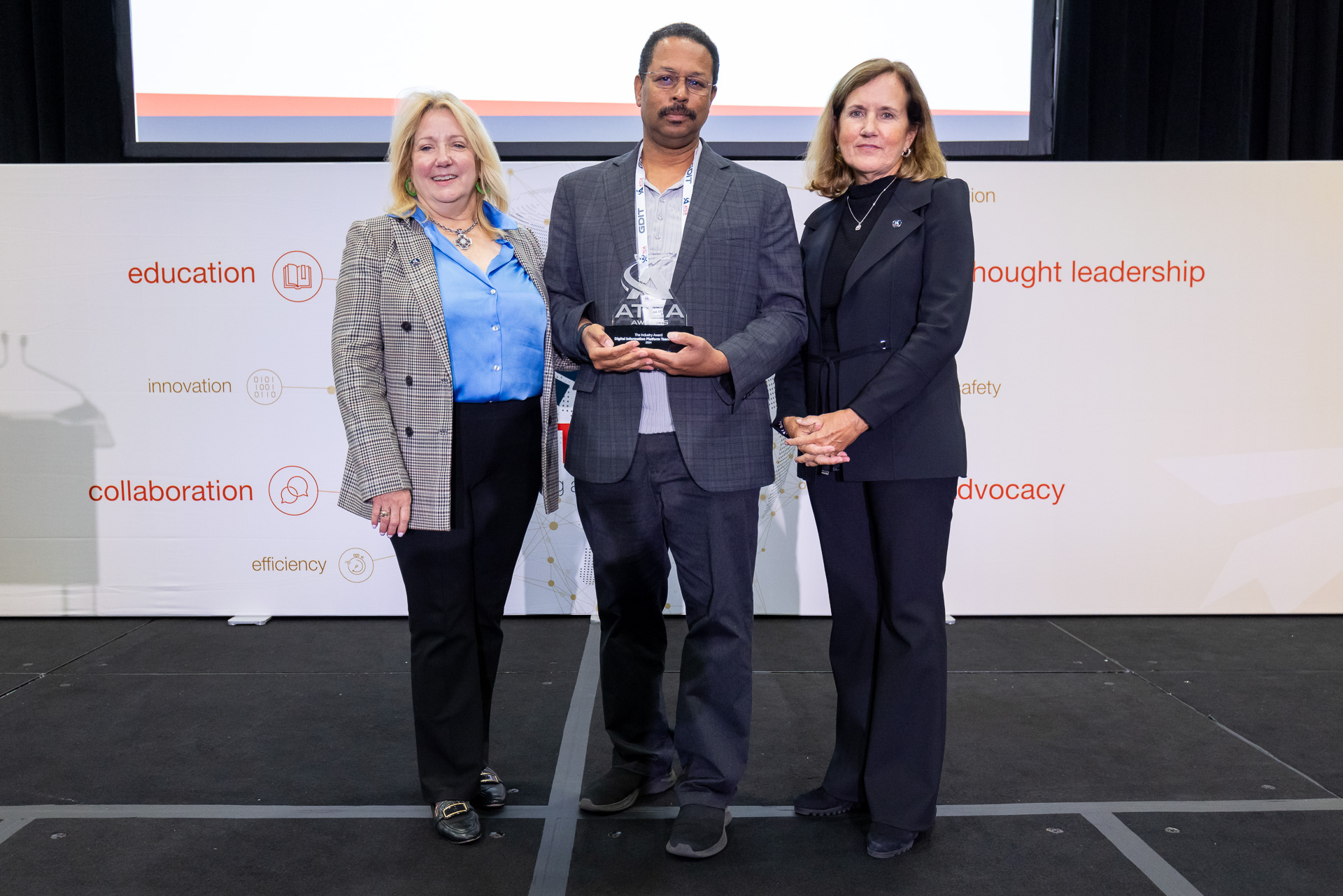Thursday December 26, 2024 The NESC Mechanical Systems TDT provides broad support across NASA’s mission directorates. We are a diverse group representing a variety of sub-disciplines including bearings, gears, ... Continue Reading »
The NESC Mechanical Systems TDT provides broad support across NASA’s mission directorates. We are a diverse group representing a variety of sub-disciplines including bearings, gears, ... Continue Reading »

Thursday December 26, 2024 NASA’s uncrewed Artemis I mission launched from KSC on November 16, 2022. After a successful mission that included orbiting the Moon, the Orion spacecraft returned ... Continue Reading »
NASA’s uncrewed Artemis I mission launched from KSC on November 16, 2022. After a successful mission that included orbiting the Moon, the Orion spacecraft returned ... Continue Reading »

Thursday December 26, 2024 “When I transitioned from Spelman to Georgia Tech, it was probably the first time in my life that I had a professor that made me ... Continue Reading »
“When I transitioned from Spelman to Georgia Tech, it was probably the first time in my life that I had a professor that made me ... Continue Reading »

Tuesday December 24, 2024 This new view of the “Christmas tree cluster” NGC 2264, released on Dec. 17, 2024, combines data from NASA’s Chandra X-ray Observatory and optical data ... Continue Reading »
This new view of the “Christmas tree cluster” NGC 2264, released on Dec. 17, 2024, combines data from NASA’s Chandra X-ray Observatory and optical data ... Continue Reading »

Tuesday December 24, 2024 NASA has a strong need for advanced materials and processes (M&P) across the realms of robotic- and crewed-spaceflight, as well as aeronautics, particularly when one ... Continue Reading »
NASA has a strong need for advanced materials and processes (M&P) across the realms of robotic- and crewed-spaceflight, as well as aeronautics, particularly when one ... Continue Reading »

Tuesday December 24, 2024 Humans are returning to the Moon—this time, to stay. Because our presence will be more permanent, NASA has selected a location that maximizes line-of-sight communication ... Continue Reading »
Humans are returning to the Moon—this time, to stay. Because our presence will be more permanent, NASA has selected a location that maximizes line-of-sight communication ... Continue Reading »

Tuesday December 24, 2024 Crew members aboard the International Space Station celebrate the holiday season in a unique way while living and working at the orbiting laboratory. Each crew ... Continue Reading »
Crew members aboard the International Space Station celebrate the holiday season in a unique way while living and working at the orbiting laboratory. Each crew ... Continue Reading »

Monday December 23, 2024 Venturi Astrolab’s FLEX, Intuitive Machines’ Moon RACER, and Lunar Outpost’s Eagle lunar terrain vehicle – three commercially owned and developed LTVs (Lunar Terrain Vehicle) – ... Continue Reading »
Venturi Astrolab’s FLEX, Intuitive Machines’ Moon RACER, and Lunar Outpost’s Eagle lunar terrain vehicle – three commercially owned and developed LTVs (Lunar Terrain Vehicle) – ... Continue Reading »

Monday December 23, 2024 Air Traffic Control Association (ATCA) Award to the NASA ATM-X Digital Information Platform (DIP) TeamIn November 2024, the Digital Information Platform (DIP) team received the prestigious Industry ... Continue Reading »
Air Traffic Control Association (ATCA) Award to the NASA ATM-X Digital Information Platform (DIP) TeamIn November 2024, the Digital Information Platform (DIP) team received the prestigious Industry ... Continue Reading »

Monday December 23, 2024 More than 30,000 scientists gathered in Washington, D.C. during the second week of December – many to show off the work of NASA’s science volunteers! ... Continue Reading »
More than 30,000 scientists gathered in Washington, D.C. during the second week of December – many to show off the work of NASA’s science volunteers! ... Continue Reading »









